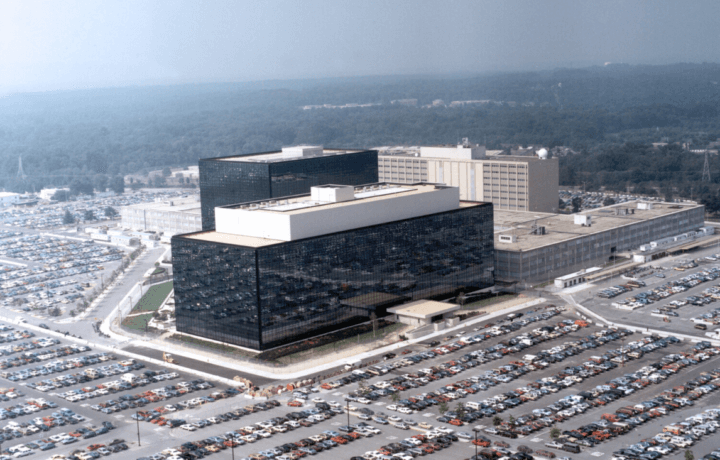The National Security Agency’s (NSA) origins date back to late 1952 when the Secretary of Defense issued a directive establishing the organization through guidance from the President of the National Security Council (NSC). The NSA was influential in developing and creating changes to both Communications Intelligence (COMINT) and Communications Security (COMSEC) which the agency still engages in today.
Even though these intelligence disciplines, including the security of U.S. communications by codes, ciphers and other mysteries to the general public, date as early as the American Revolution, however, cryptologic missions similar to those of the NSA could not exist until the prevalence of radio communications during World War I.
Tune in to this episode of the Security Clearance Careers Podcast where we dive into some of the oldest artifacts from the NSA:
NSA TREASURES AT THE INTERNATIONAL SPY MUSEUM
Andrew Hammond, historian and curator at the International Spy Museum, told ClearanceJobs about a special pop-up exhibit the museum is holding through the end of September. You can experience “Codes, Ciphers & Mysteries: NSA Treasures Tell Their Secrets”, and learn more about a treasure trove of mind blowing artifacts that were developed and used for code-making, code breaking, and other secure communications from NSA’s National Cryptologic Museum.
Hammond highlights a few of the artifacts that are being showcased; a total of 13 historic devices that are first-of-their-kind and one-of-a-kind (some that have played a key role in shaping history).
Here are a few other artifacts you can check out:
- Cypher Cylinder: Believed to be the oldest existing true cipher device in the world.
- PURPLE Analog #1: The machine built to crack the Japanese PURPLE code, which decrypted the 14-part message advising the Japanese ambassador to halt negotiations with the U.S. before the Pearl Harbor attacks.
- JN-25 Depth Analyzer: Used to crack JN-25, the main Japanese naval code, which allowed the U.S. Navy victory against Japan at the Battle of Midway.
- Piece of Colossus: The world’s first electronic computer!
- PACE TR-10: Believed to be the first desktop analog computer used at NSA.
- U.S. Space Shuttle Challenger Encryption System: A high-level encryption system that was collected from the Challenger’s debris after it broke apart.
Visit the museum before this special exhibit closes! Click here for more information.




